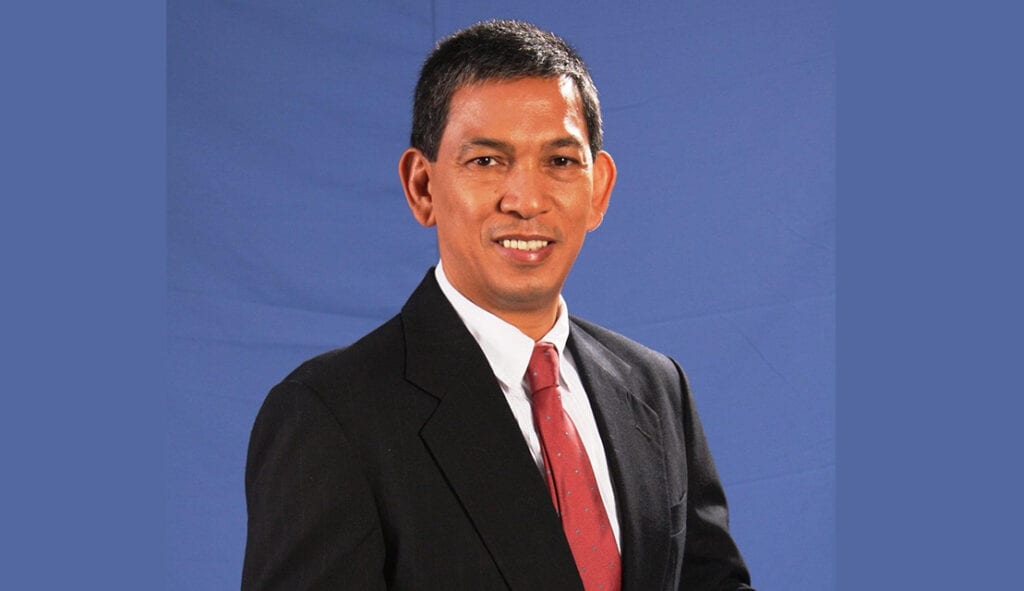
In part 1 of this article, I shared the five elements of the offering model of a doctor’s practice. In this continuation, I will end with the six elements of the operating model that make up the 11 building blocks of a business model: value chain, key processes, key resources, complementors, cost, and finally, reconfiguration for an innovative medical practice. These building blocks jointly create, deliver and capture value for both the patient, the patient’s family representatives (for inpatients), and the doctors themselves.
1. Value Chain – A chain is as strong as its link. There is a need to look into value-creating activities in a sequence critical to delivering benefits seamlessly to patients. In a hospital, this may start from their location and website, to mindful construction where floors and escalators are aligned so orthopedic patients won’t feel pain at each small hump, the proper unloading of a patient from a vehicle to the emergency room, a quick admitting procedure, modern facilities, doctors that hospitals can be proud of, nurses who can make things happen, and accurate billing upon discharge, all to ensure not just the well-being of patients but ensuring their good experience as well. Doctors are an important part of the entire value chain. They can further create value if there is effective coordination among groups of them in jointly treating a patient cost effectively and conveniently for better communication with patients and family representatives and to avoid, for instance, repeated visits to lab and scan procedures when they could be done in one go.
2. Key Processes – In the consumer goods industry, a productive call versus a non-productive call is well-defined. For inpatients, an ideal doctor’s visit is having a visiting schedule that inpatient’s representatives are aware of for potential engagement. Even Grab has an estimated arrival time knowing it helps manage expectations, and the call ends not by writing reports but by keeping the family rep updated of the patient’s progress after the doctor’s visit. In Cardinal Santos Hospital when my mom was admitted last January, I was pleasantly surprised to get a telephone call from Dr. Jennifer Chua, the senior infectious disease specialist, who kept me updated not just on mom’s situation, but provided new insights of her next move as well as the reasons why, this was very professional and reassuring. No wonder I kept getting her name from recommendations as the Philippines’ equivalent of “Dr. House,” the brilliant doctor in a past TV series.
3. Key Resources – Having a personal brand is a major resource. It can become a simplifier of choice for patients or their family. Of course, it is not just about imaging but having real depth of knowledge, experience, and ethics, especially in more delicate cases. Multi-awarded scientist, TOYM winner and ortho surgeon Dr. Edward Wang was chosen by our family for mom because of his personal brand, so much so we decided to move mom to Cardinal Santos or wherever he holds his practice, so that we can have his personal attention. He has given us invaluable new insights in a short time, and spent time talking to mom beyond treating her disease.
4. Complementors – The biggest risk of this building block is the lack of alignment between parties working together, meaning the consequence of being unable to get the desired outcome from a key partner. Most doctors are not employees but are merely affiliated with hospitals. Depending on their personal branding, doctors can be an asset or a liability to the hospital they are affiliated with. Hospitals need to ensure they have doctors with the same core values– after all, it is the name of the hospital at stake, not just the doctors. Hospitals harboring doctors with questionable practices will be affected with higher dissatisfied patients, lower returning customers, and a bad reputation.
Another set of complementors are the resident doctors under training. Many are asked to work 24 hours straight in hospitals, a practice other countries have stopped due to health issues and the resulting bad decision-making from insufficient sleep. To cite personal experiences in mom’s original hospital, her lab test was administered at 4:30 in the morning. The next day, a resident doctor woke up mom at 2:30am for an interview, even after we called them out as mom needed quality sleep. Why they had to wake up an 86-year old PWD patient in the wee hours of the morning in a non-emergency situation is beyond anyone’s comprehension. Ironically, when a pain doctor was requested, no pain doctor showed up for two consecutive days to help. The right to good quality medical care is basic in healthcare. Patients have reasonable expectations too!
5. Cost – The medical practice of doctors entails cost. Rent, utilities, staff, supplies, and continuing education are just some of them. Other than inpatients, it is now possible for certain types of doctors to use various apps and treat patients online. This not just removes office rental but even expands their geographical reach. Doctors can share staff working from home as well, so long as they are open minded enough to accept and honor appointments promptly.
6. Reconfiguring for Innovation – One of the biggest opportunities for doctors is to start being a wellness partner for life and stop merely treating symptoms. This means they should be more proactive and allocate time for following through. If a middle-age diabetic patient is not changing their lifestyle, for instance, the doctor should analyze where they failed and redirect accordingly. This total solution attitude is a huge opportunity for a different revenue model where doctors can even propose a reasonable monthly retainer, instead of having revenues only when patients get sick. Perhaps, a more radical revenue model is to offer warranties that the retainer fee stops temporarily on the week a customer gets sick, which will totally change the way the wellbeing of a patient is handled. As compensation experts would share, people’s behavior follows how they are incentivized.
Summary (Part 2)
Part 1 of this article, with five building blocks, shared about creating value, while this part 2, with six building blocks is about delivering and capturing value. It is time doctors reinvented their practice to be more patient-centric, understanding and delivering the needs of patients, their family reps and what matters to them. There is always room for more improvement in any sector.
********
Josiah Go is the Chairman of Mansmith and Fielders Inc. He is the course creator of the 55-video Business Model Course, first in the Philippines and in Asia and available through www.continuum-edu.com. Follow his “Business Model Channel” on YouTube.


